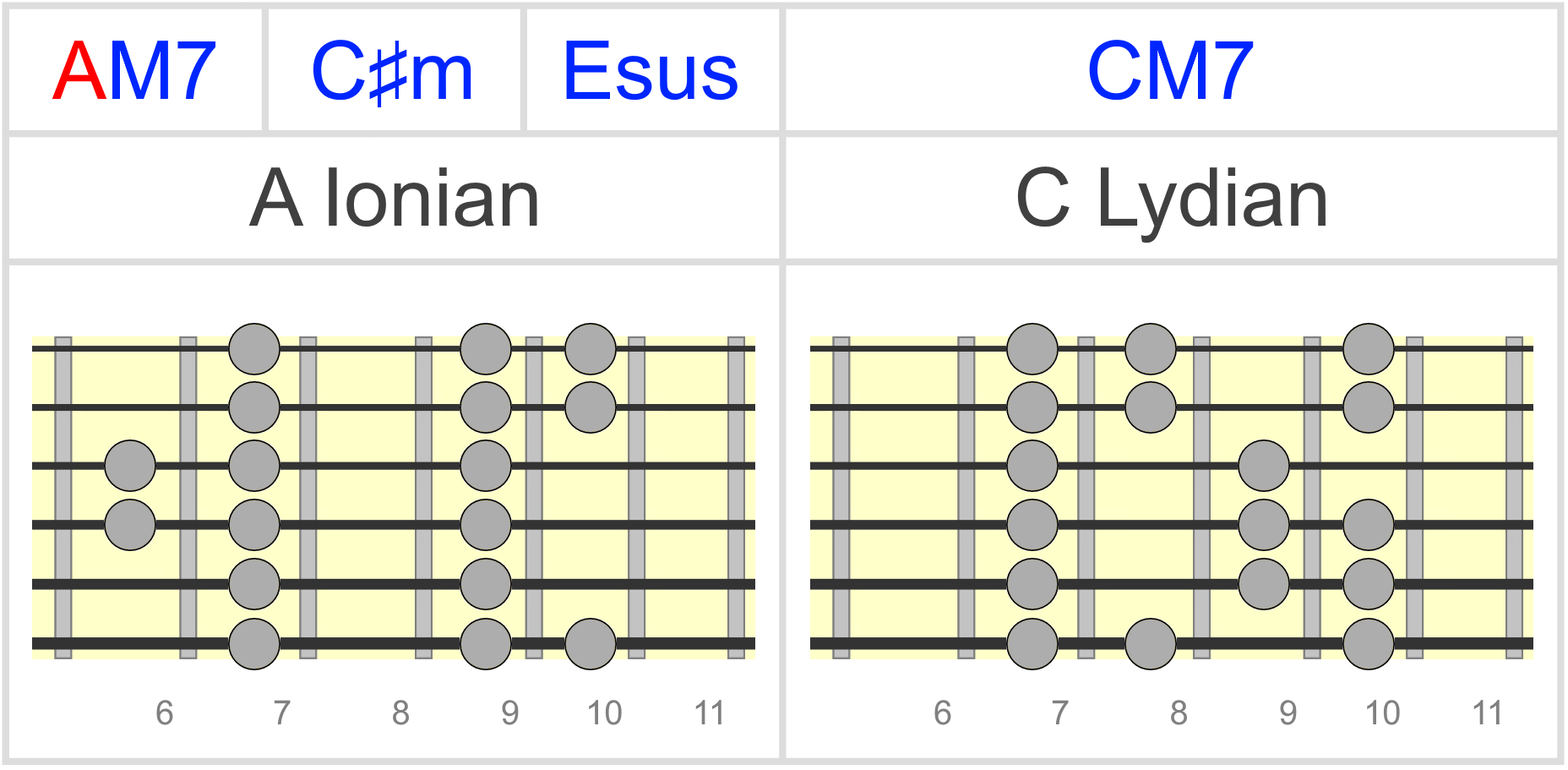

The modern Lydian mode is a seven-tone musical scale formed from a rising pattern of pitches making up three entire tones, a semitone, two more entire tones, and a final semitone. Since of the value of the major scale in contemporary music, the Lydian mode is often referred to as the scale that begins on the 4th scale degree of the major scale, or additionally, as the major scale with the 4th scale degree raised half a step.

The usage of the B instead of B would have made such piece in the modern day F major scale. Ancient Greek Lydian [modify] The name Lydian refers to the ancient kingdom of Lydia in Anatolia. In Greek music theory, there was a Lydian scale or "octave species" extending from parhypate hypaton to trite diezeugmenon, comparable in the diatonic genus to the modern-day Ionian mode (the significant scale).

Middle ages Lydian mode [modify] In the Middle Ages and Renaissance, this mode was described in two methods. The very first way is the diatonic octave species from F up to F an octave above, divided at C to produce two segments: The 2nd is as a mode with a final on F and an ambitus encompassing F an octave higher and in which the note C was considered as having an essential melodic function.
Modern Lydian mode [edit] The Lydian scale can be referred to as a major scale with the 4th scale degree raised a semitone, making it an increased fourth above the tonic, e. g., an F-major scale with a B instead of B. This mode's augmented fourth and the Locrian mode's decreased fifth are the only modes to have a tritone above the tonic.

The subdominant is reduced. Click Here For Additional Info built on the remaining three scale degrees are small. Noteworthy compositions in the Lydian mode [modify] Classical (Ancient Greek) [modify] The Paean and Prosodion to the God, familiarly called the 2nd Delphic Hymn, made up in 128 BC by Athnaios Athenaou is mainly in the Lydian tonos, both diatonic and chromatic, with sections likewise in Hypolydian.